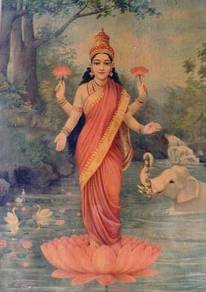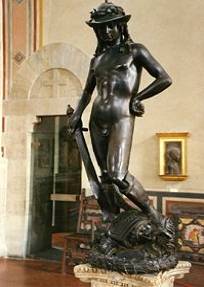|
|
Galerie Kashya Hildebrand is pleased to present Valay Shende’s first solo show with the gallery, and the first presentation of his work in Switzerland. He has participated in many international exhibitions, such as the Tate Modern in London in 2006. Throughout his works, Mumbai-based Shende offers an original, lively, witty and timely account of the rapidly changing life and society on the Indian subcontinent.
Indian Encounters engages with common-place and ordinary subjects in contemporary India. Shende’s works portray the challenging and often difficult reality of everyday life in India as it rapidly moves toward urbanization. He keenly observes his surroundings and concerns himself with the struggles of the common man. Moreover, Shende’s choice of materials gives his work an initial playfulness or whimsy, but a deeper consideration of his work shows how the material participates in his critique of apparently innocuous subjects.
Artist Statement:
Every historical figure, be it a scientist, a social reformer, an explorer, or a musician, is an artist. Each has in his or her own way influenced humanity and altered the world in a small measure. My endeavor, too, is to contribute to humanity. I think it’s my responsibility to do so. I observe life around me and particularly notice its flaws and, throughout my work, draw attention to its faults, thereby provoking a reaction that will hopefully lead to positive change. There is a lot that is unjust and unfair and each of us has to work to make a difference to the quality of this world we live in. I reflect on society and, through my work, aspire to reach the public and in some way touch it and make a comment.
In this exhibition, Shende is showing five works. Each one represents a critical examination of an aspect of daily life in India.
Grenade is a replication of an over-life-sized grenade with an engraving of a world map and six embedded video screens. On each screen, religious messages from local Indian television channels bombard the viewer, ironically mimicking the effects of an exploded grenade and the effects of war. The various religious denominations are presented together, indicating that no religion, including Sikh, Hindu, Buddhist and Christian, is excluded from Shende's critique.
Management Guru comments on how timing, speed and efficiency take on an Indian dimension as workers’ meals travel from their homes, through an intricate web of deliverymen (dabbawallah), to the workers for lunch. Here, Shende incorporates timepieces to emphasize the error-free and punctual services that these dabbawallahs provide for thousands of people. Shende has replaced the traditional Tiffin carrier—the usual lunch box—with what he calls a “hungry stomach,” a humorous reference to the famished stomachs of the workers, as well as a statement on the poverty in India.
Scooters ironically glorifies the nouveau riche and their desire for home delivery. Nowadays, each major city, such as Mumbai, has a variety of fast-food restaurants willing to deliver food to the local residents. For locals, home delivery symbolizes their upward mobility by demonstrating their ability to afford this convenience. Each of the restaurants wants to promote and advertise itself and this service as a luxurious or deluxe experience. To this end, restaurants create elaborately decorated delivery scooters that travel around the city. In addition, the scooter is a vehicle that breaks rules. Unlike cars, which must follow the rules of the road, scooters often are able to travel down narrow side streets, and use sidewalks and other short cuts. In part, Shende is criticizing the human trait, that is putting one's own interests ahead of those of one's fellow men.
Buffaloes inhabit a very practical place in Indian society. Their milk is used for food and nourishment and their hides are used for various leather goods, such as shoes. In Untitled [Buffalo], Shende compares the buffalo and the common man in order to pay homage to this simple but essential animal. This sculpture consists of brass metal discs welded together, an allusion to the fact that we are all made up of atoms and we all share common experiences even with a buffalo.


Boy on the Lotus Flower reflects on the street urchin in society. In India, poverty has stripped young children of their innocence because they are not free to play and be young. Instead, like the cheetah, they are both the hunter and the hunted. They are struggling to survive and are being hunted by people who are interested in taking advantage of them. By positioning the boy standing on the lotus flower, Shende references the Hindu Goddess Lakshmi, a goddess of wealth, prosperity, and generosity, as well as the embodiment of beauty, grace and charm. Lakshmi is said to protect her devotees from misery and money-related sorrows, a wish that Shende himself has for these children. Interestingly, the pose and detail of the boy also seems to reference Donatello’s David. The battle against Goliath provides a useful analogy for these young children with the gun as a modern twist on David’s weapon.
PDF
|